
How EdTech Can Be a Tool for Sustainable Education (Part II)
While there are many benefits in the EdTech industry, it is still important that it commit to sustainability, for the best experience of quality education.
By Weava Team • 5 min read
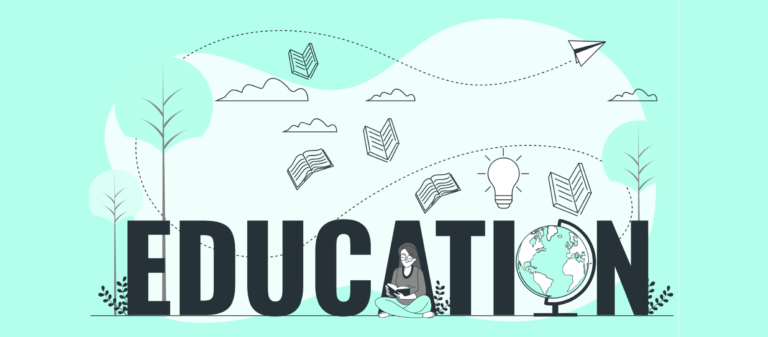
The COVID-19 pandemic has given impetus to the acceleration of digital learning and the blooming of the EdTech industry. As a rapidly growing market expected to reach US$404 billion in total global expenditure by 2025, EdTech has immense potential to deliver inclusive and equitable education for all. Yet as the exciting development of the EdTech industry continues to unfold, we must take a step back to identify the strengths and weaknesses of EdTech, so that it can transform education for good. Here is such an attempt by us at the Weava team.
Accessing information with our smartphones and laptops is a ubiquitous part of modern-day life, but what is digital literacy and competence? To quote internet sociologist Anders Skov, to be digitally competent is to possess the combination of knowledge, skills, and attitudes related to the use of technology to solve problems, communicate, manage information, collaborate, create and share content effectively, securely, and ethically.
While most of us know how to use the internet to perform certain tasks and solve problems, not all of us have the essential skills to manage and validate the information we obtain from the internet, before managing the information and sharing it with others through collaboration. Filling in the digital competence gap is one of the guiding principles of what we do at Weava. That is why we create guides to help people assess the quality of information sources, cite credible external sources to avoid plagiarism, and distinguish between factual and useful information from disinformation, fake news, and hate speech. To help our users optimize productivity and streamline work processes by utilizing Weava’s features, we publish articles on essay planning and academic reading that are instrumental to students, teachers, and professionals alike when it comes to collecting, selecting, organizing, and storing information online, as well as retaining the knowledge.
Weava makes it our mission to help our 700,000 users stay organized because it is beneficial to not just boosting productivity but also enhancing digital competence. Ask educators who integrate digital learning in their classrooms, and you will hear a common frustration: their students are clueless about the file folder structure and, subsequently, have difficulties locating their documents on their computer or Google Drive. The truth is, regardless of your field of expertise or study, having your work stored in respective folders in an organized manner can effectively save time from improving work efficiency and productivity. From our survey of approximately 700 Weava users, we learnt that they are able to save more than 3.8 hours per week.
While necessitating the world’s largest digital learning experiment, COVID-19 also highlighted the digital divide that prevented low-income students from participating in remote learning, and teachers from harnessing technology to deliver engaging online lessons or tracking students’ learning progress. According to the World Bank, school closures and limited access to remote learning during the pandemic are likely to cause the global learning poverty rate to worsen from 53% to 63%, and bridging that digital divide is crucial to the provision of an equitable learning experience to all children.
Weava’s Chrome extension, with 65% of users being K12 or university students, can be installed and used by anyone for free. One unique quality of Weava is that the folders containing the highlights and notes can be shared with others for collaboration. Although the collaboration feature is only available to Premium users, Weava is offering a deep discount to all students and teachers, so that teachers can invite students to leave comments or questions on their reading assignments to get feedback from their peers and teachers. Moreover, teachers can also pre-highlight websites, news articles, or PDF documents and share them with their students for class readings. Also openly accessible for free is Weava’s rich library of resources on enhancing academic research and writing, creating engaging online lessons, and digital literacy etc., which offers support to students and teachers alike as governments and educators continue to explore solutions for effective online learning.
We at Weava acknowledge that our features and resources are only as good as a strong internet connection and access to digital devices. As we have written in a previous article, many of the 181,200 disadvantaged children in Hong Kong had difficulty accessing the tools necessary for remote learning during the COVID-19 pandemic, and a staggering 65% of students had to study on their phone, with many having to rely on free internet from businesses such as the McDonald’s or 7-Eleven, risking infection and having their lessons disrupted when the 30-minute free Wi-Fi access ended. Nonetheless, we have witnessed a steep growth of users from emerging and developing countries utilizing Weava’s functions for free during the pandemic. For example, see below chart of the quarterly growth rate (in percentage) rising sharply after the outburst of pandemic affecting the face to face education system in Thailand, India, and Vietnam. Such growth has continued over the last two years.
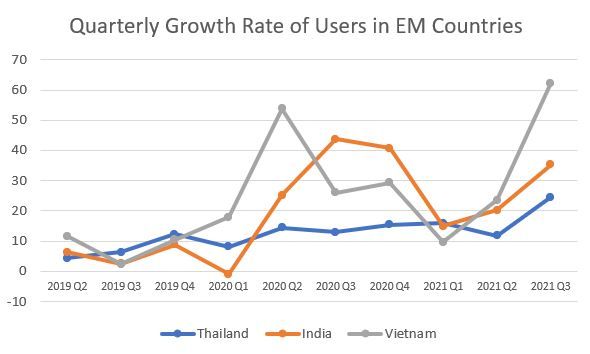
For EdTech to truly be the great equalizer that closes the digital divide and alleviates learning poverty, it is imperative to bridge the gaps in the areas identified by the World Bank: digital infrastructure (connectivity, devices, and software); human infrastructure (teacher capacity, student skills, and parental support); and logistical and administrative systems to deploy and maintain tech architecture.

While there are many benefits in the EdTech industry, it is still important that it commit to sustainability, for the best experience of quality education.
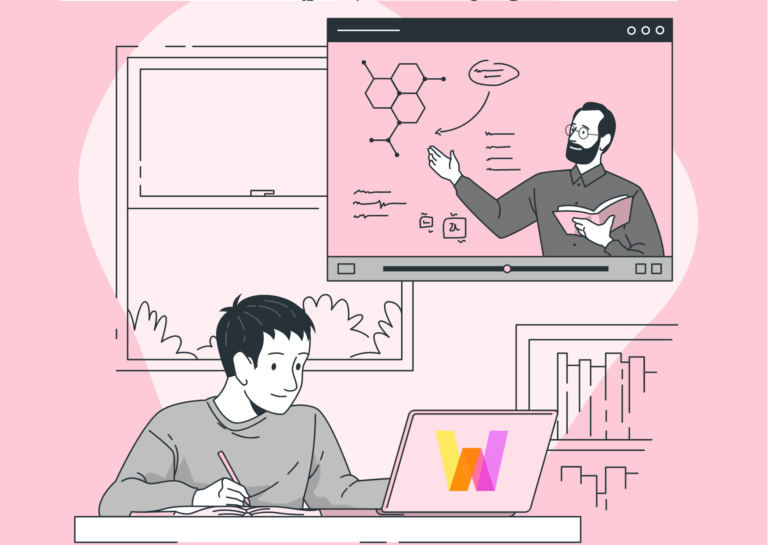
Looking for any online teaching tools to engage your students in the upcoming semester? Read our top 7 suggested tools!
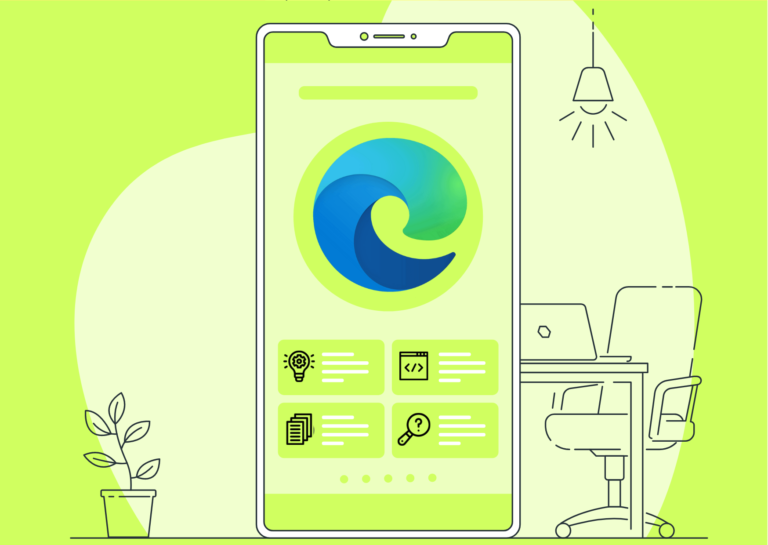
With the latest Microsoft Edge browser versions, you can now use Google Chrome extensions, which means that you can now use Weava with Microsoft Edge!
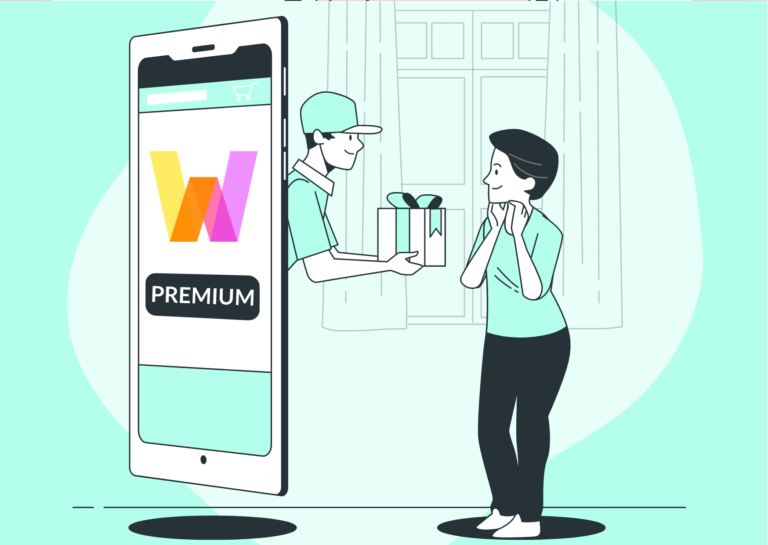
Sharing is caring – and we want to make it easier to refer Weava to your friends and colleagues – and we want to introduce benefits to you if you do!